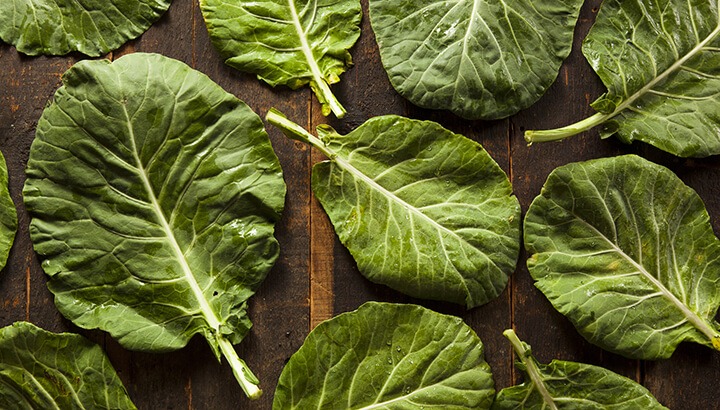I’m lucky to have my garden in my own backyard…it certainly makes running outside to grab a few leaves of lettuce a whole lot easier than the days when my garden was in a community garden (we called it a “p-patch”) about a mile away. But I loved that p-patch, and grew plenty of food there for many years. I’m a great believer in community gardens. They help reconnect people to nature, they connect people to people and they are a terrific way to provide nutritious and delicious plant-based food to your family.
Studies have shown that community gardens provide numerous other advantages as well:
- Families that utilize community gardens eat healthier diets than non-gardening families.
- Asthma rates in children decline likely because exposure to soil and local pollen helps children develop stronger immune systems.
- Consuming a plant-based diet can help prevent and treat epidemic obesity, cardiovascular disease and diabetes.
I’d like to add another reason you should consider starting or joining a community garden in your neighborhood–cultivating one can teach you so much about how we can foster better health by tuning into the wisdom of nature. To see what I mean, let me explain an early epiphany I had while growing collard greens in the p-patch many years ago.
First off, collard greens are a loose-leafed plant that is in the cabbage family and therefore related to common vegetables including cabbage, kale, cauliflower, and broccoli. It is a staple of southern cuisine in the United States and is an excellent source of many vitamins and minerals (especially Vitamin K, beta-carotene, manganese, and calcium).
Collard seeds are tiny, but the plants themselves can grow quite large. Consequently, it’s important to plant individual seeds about 18 inches apart in rows that are at least three feet from each other.
One year, I was in a bit of a hurry to get my collards started and I inadvertently dropped a few seeds in between the rows. When the seeds sprouted, I noticed my mistake because there were a few plants that were just a few inches apart…not the 18” that they require. They initially looked like healthy little plants and I felt bad thinning them out…so I decided to leave them alone. As they grew, it became clear that those few plants were struggling to survive. It was clear that their root systems were competing for water and nutrients in the soil…and they were all losing.
As I examined those sickly plants a little more closely…I made a remarkable discovery. They were infested with aphids (a common garden pest) but that the well-spaced plants right there in the same garden were perfectly healthy and beautiful without any aphids at all. Why did the aphids only go after the weaklings?
The realization hit me–the nutrient-deprived collard plants were too weak to defend themselves. Normal, healthy plants can produce their own chemical defense mechanisms that act like natural pesticides which discourage the predatory poaching by the aphids.
The wonders of nature never cease to amaze me! Plants naturally produce compounds that combat insect predators, and those same natural substances often have beneficial effects on human health. However, to reap those benefits, you need to produce healthy plants in the first place.
Unfortunately, many industrial agricultural practices run counter to nature’s wise ways. In an effort to maximize efficiency we often end up planting crops in huge industrial farms in nutrient depleted soils. Practices like these create a vicious cycle as plants grown in these conditions lack the important nutrients that both nourish us and provide the defense mechanisms within the plants that help to ward off pests. As a result, farmers are compelled to use chemical pesticides, which pose further risks to human health.
On the other hand, organic gardening practices encourage a “virtuous cycle” where healthy soil leads to healthy plants which then leads to healthier humans who eat those plants. It’s common sense, really, but it’s prescription many of us have lost sight of. Wellness, in so many ways, comes down to tuning in and aligning ourselves with nature. Experiencing the pleasures of an organic community garden is a fantastic way to rediscover some of that bountiful knowledge. And you get the added bonus too…because the food you grow yourself is not only better for you, but it tastes better too!
Take good care,
Dr. Joshua Levitt









